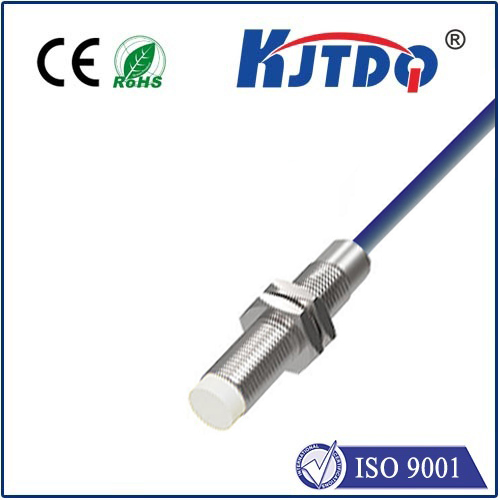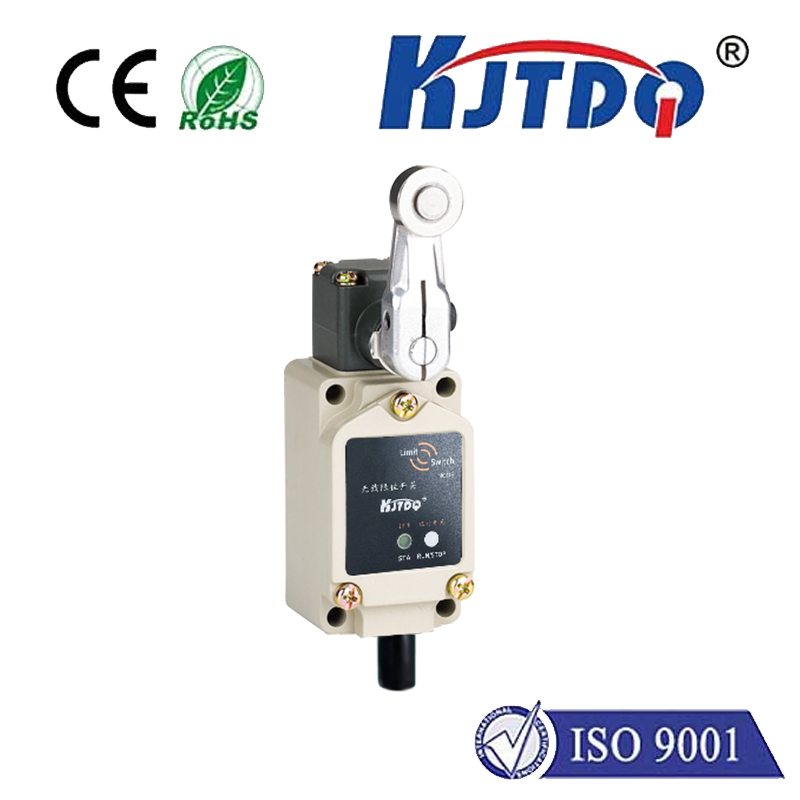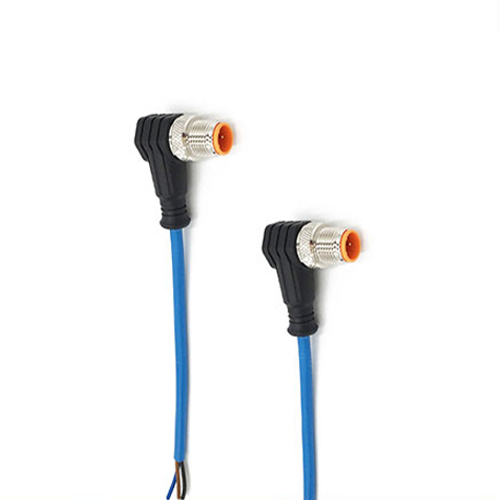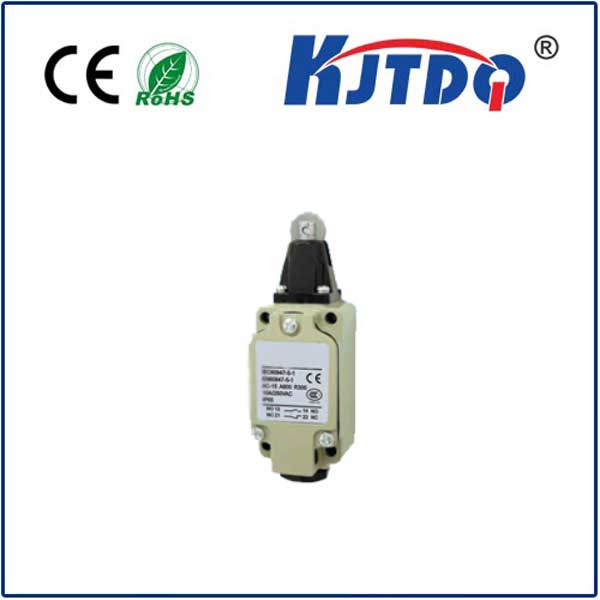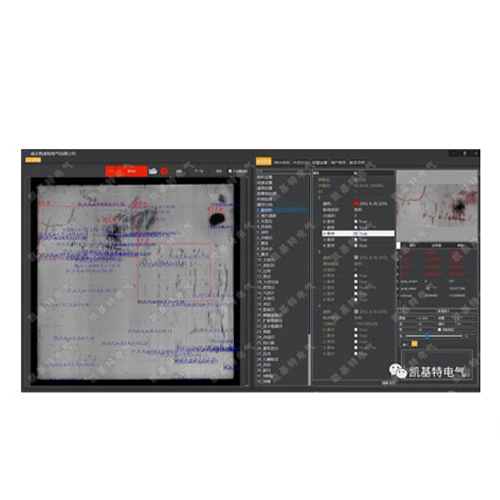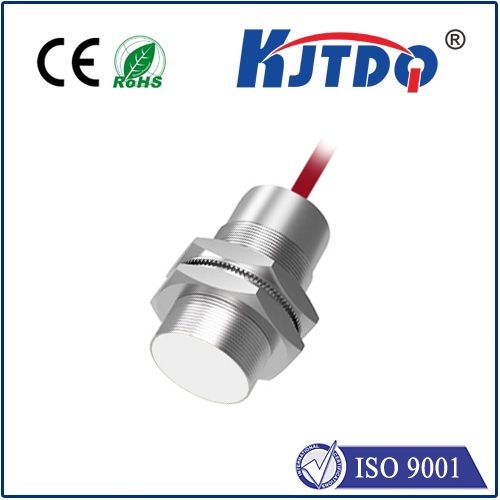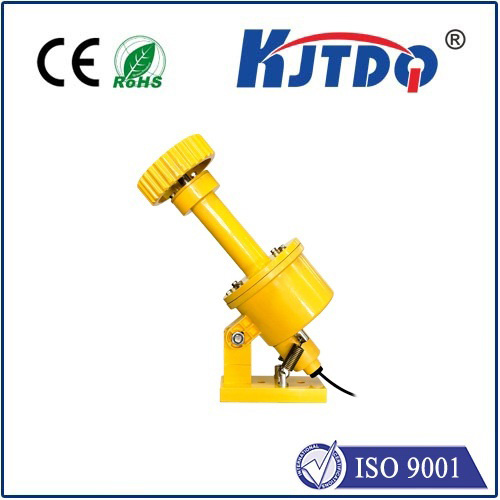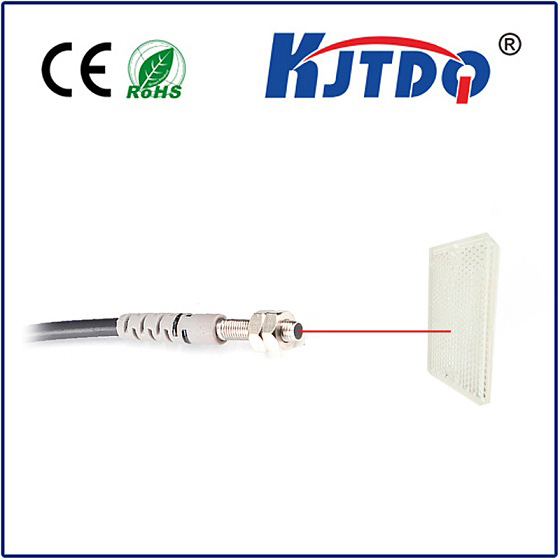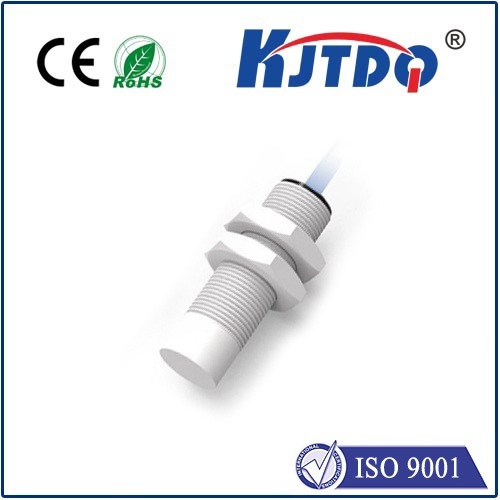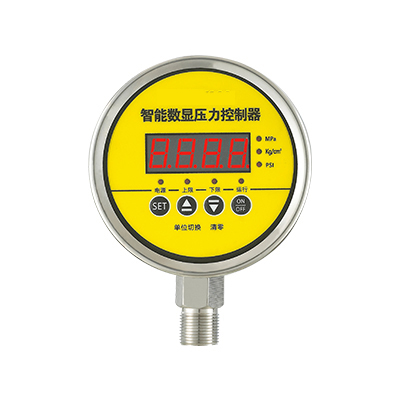BHS001C proximity sensor
- time:2025-10-02 04:36:30
- Click:0
BHS001C Proximity Sensor: Reliable Object Detection for Demanding Automation
Imagine a critical component missing on a high-speed assembly line. The consequences – collisions, jams, costly downtime, potential damage. At the heart of preventing such chaos in countless industrial settings lies a silent sentinel: the proximity sensor. Among these, the BHS001C proximity sensor has carved a niche for itself, offering dependable performance in diverse applications. But what exactly makes it tick, and why should engineers consider it? Let’s delve into the specifics.
Understanding the Core: What is the BHS001C?
The BHS001C is fundamentally an inductive proximity sensor. This designation is crucial. Unlike sensors relying on light (photoelectric) or physical contact (limit switches), inductive sensors work through electromagnetic fields. They generate an oscillating high-frequency field from their sensing face. When a metallic target enters this field, it induces eddy currents within the metal, causing a measurable shift in the sensor’s own oscillation or energy consumption. The BHS001C detects this shift and triggers its output signal – typically a solid-state switch changing state (e.g., open to closed).
This non-contact principle offers significant advantages: no wear from physical interaction, immunity to dirt, dust, oil, and other contaminants (within its specified rating), and the ability to detect objects through certain non-metallic materials (like thin plastic barriers).
Key Specifications & Features of the BHS001C

While variations exist between manufacturers based on the “BHS001C” designation (it’s often a generic series model number, not always tied to one specific brand), certain core features are typically associated with sensors bearing this nameplate:
- Sensing Range: Commonly featuring a standard sensing distance (Sn) of 4mm for ferrous metals like steel. Detection range for non-ferrous metals (aluminum, brass, copper) is usually less. Understanding the specific range for your target material is critical.
- Housing: Frequently housed in a rugged M18 cylindrical threaded barrel. This standard size (18mm diameter) makes it compatible with countless mounting brackets and readily installable.
- Electrical Output: Generally available in NPN (Normally Positive, switching Negative) or PNP (Normally Positive, switching Positive) configurations. The BHS001C NPN variant is extremely common in industrial controls. Output type is typically 3-wire (Brown: V+, Blue: V-, Black: Signal).
- Output Configuration: Often provides a Normally Open (NO) or Normally Closed (NC) switching function, depending on the specific variant ordered.
- Environmental Protection: Designed to withstand harsh industrial environments, commonly rated IP67. This means it’s dust-tight and can withstand temporary immersion in water (up to 1 meter for 30 minutes). This robustness is key for reliability on factory floors.
- Operating Voltage: Typically operates within a common DC range, often 10-30V DC. This compatibility ensures easy integration into standard industrial control systems (PLCs).
- High Switching Frequency: Capable of detecting objects at relatively high speeds, making it suitable for fast-moving production lines or counting applications.
Why Choose the BHS001C Proximity Sensor?
The BHS001C isn’t just another sensor; it embodies reliability and practicality:
- Robust Construction: The threaded metal barrel (often stainless steel) and inherent design make it resistant to mechanical impacts and vibrations common in machinery.
- Sealed for Harshness: The IP67 rating provides peace of mind against washdowns, coolants, oils, and dust ingress, ensuring consistent operation.
- Easy Installation & Integration: The standard M18 form factor and 3-wire connection system simplify mounting and wiring, reducing installation time and cost. Compatibility with standard PLC inputs is a major plus.
- Non-Contact Sensing: Eliminates wear and tear associated with mechanical switches, leading to significantly longer operational life and reduced maintenance.
- High Immunity: Possesses strong resistance to electromagnetic interference (EMI), crucial in environments with motors, drives, and welding equipment.
- Cost-Effectiveness: Offers reliable sensing performance at a competitive price point, representing excellent value for industrial automation.
Typical Applications: Where the BHS001C Shines
The versatility and robustness of the BHS001C inductive proximity sensor make it a go-to choice across numerous industries and functions:
- Position Verification: Confirming the presence or absence of metal parts on conveyors, pallets, fixtures, slides, or arms. Is the part correctly loaded? Has it arrived at the machining station?
- End-of-Travel Detection: Safely detecting the limits of cylinders (pistons), slides, or moving platforms.
- Object Counting: Tracking the passage of metal parts on a conveyor belt or through a chute.
- Speed Monitoring: Sensing the rotation of gear teeth or timing marks on rotating shafts.
- Machine Guarding: Acting as a non-contact safety interlock verifying the closed position of guards or doors.
- Level Sensing: Detecting the position of metal floats in tanks or the level of metal objects in bins.
- Robotics: Providing feedback on gripper position (open/closed on metal parts) or robot arm location.
Selecting & Implementing Effectively
To maximize the value of a BHS001C proximity sensor, consider these factors:
- Target Material: Ensure your target is metallic (ferrous preferred for max range). Confirm the actual Sn for your specific metal (e.g., aluminum has less range).
- Required Sensing Distance: Choose a sensor whose nominal range exceeds your required distance, accounting for installation tolerances and potential target variations.
- Output Type (NPN/PNP): Match the sensor output to the input requirements of your controller (e.g., PLC). BHS001C NPN is common but confirm your system needs.
- NO/NC Configuration: Select Normally Open or Normally Closed based on the logic required for your safety or control circuit.
- Installation: Mount securely, ensuring the target approaches axially for the stated sensing range. Maintain adequate clearance from surrounding metal (“flush mounting” or “non-flush mounting” capability might be specified). Ensure the IP67 seal is maintained (e.g., proper tightening, gasket intact).
The BHS001C proximity sensor exemplifies the power of simple, rugged, and effective technology. Its ability to provide reliable, non-contact detection of metal objects in challenging conditions makes it a fundamental building block in automation, manufacturing, and process control. By understanding its core inductive principle, key specifications, strengths, and typical applications, engineers and technicians can confidently deploy the BHS001C to enhance efficiency, safety, and reliability across countless machines and systems. When dependable metallic object detection is required, the BHS001C proves itself time and again as a worthy contender.






